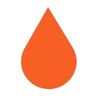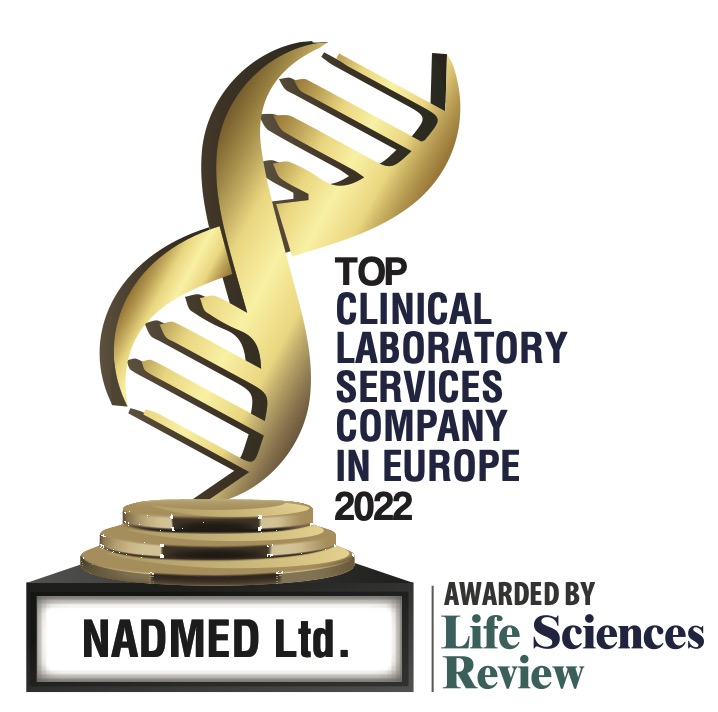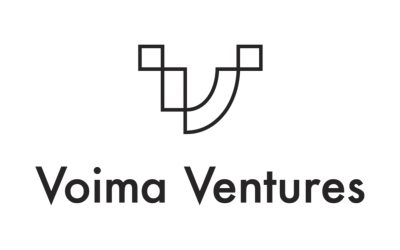Groundbreaking Technology

Measure ALL 4 forms of NAD directly from blood

Using the method of HIGHEST ACCURACY
on the market

With
RESULTS IN HOURS
rather than weeks

At a much
LOWER TOTAL COST
Products & Services
Q-NADMED blood and Q-NAD kits
Kits to measure NADs from any sample type
LABORATORY SERVICE
Laboratory service to support research and drug development
Science Behind NADMED
After years of study and development, NADMED brings to market a reliable yet simple technology for extracting and measuring all four NADs and two glutathiones. The technology is based on an accurate colorimetric quantification that can be performed even from a minuscule amount of blood. The NADMED method’s key advantage is that it can measure metabolites individually, unlike any other method. The NADMED method is based on solid scientific research from the University of Helsinki.
Why NADMED?
The NAD metabolite extraction system developed by NADMED is the only method to measure all four NADs and glutathiones (i.e. REDOX metabolites). Also, the key advantages of NADMED technology are accuracy, high throughput, low cost, reduced hands-on time, and small sample volume.
NADMED Story
The demand for a quick and reliable test method has rapidly increased over the past few years as researchers have found more links between NAD levels and various diseases. The lack of a reliable, quick, and cost-effective method was the driving force in developing a new technology to answer this call, which all started in the ASW Laboratory at the University of Helsinki, Finland.
Unlock the Secrets of NADs
NADMED has developed a groundbreaking method that significantly enhances the development of research and clinical care of many medical disorders, starting with mitochondrial diseases. NAD levels are believed to correspond with several metabolic and degenerative diseases. First promising results of using NAD boosters as therapy for Parkinson’s disease and mitochondrial myopathy have been recently published.
Headlines
Setting the standard in NAD profiling
NADMED was chosen among the best clinical laboratory services in Europe. The selection was made by...
Voima Ventures to back NADMED
The easy and reliable method that measures all NAD metabolites has also convinced financiers....
New opportunities at NLSDays
NADMED raised a lot of interest among the VC investors at Nordic Life Science days 2022 in Malmö,...
Headlines
Setting the standard in NAD profiling
NADMED was chosen among the best clinical laboratory services in Europe. The selection was made by...
Voima Ventures to back NADMED
The easy and reliable method that measures all NAD metabolites has also convinced financiers....
New opportunities at NLSDays
NADMED raised a lot of interest among the VC investors at Nordic Life Science days 2022 in Malmö,...




